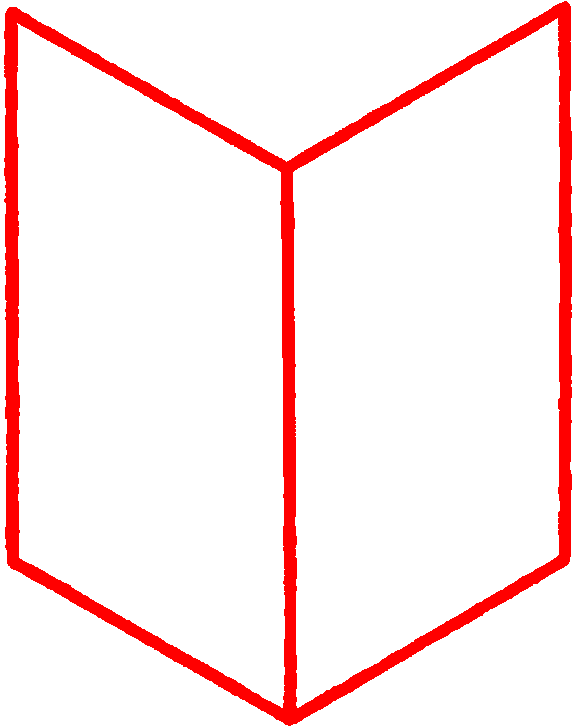Blazon 4 Moholy-Nagy
Dexter Sinister, 2007, lithographic proof print, 104.5 x 74 cm

In 1922, you ordered by telephone from a sign factory five paintings in porcelain enamel. Years later, describing the situation in some detail, you said:
“I had the factory’s color chart before me and I sketched my paintings on graph paper. At the other end of the telephone the factory supervisor had the same kind of paper, divided into squares. He took down the dictated shapes in the correct position.”
Originally titled The Enamels (Emaille), these are much better known today as the “Telephone Paintings.” There is even considerable doubt in some academic circles whether this story is true — but never mind that. Curtly summarizing the act you said:
“(It was like playing chess by correspondence.)”
[...]
Heraldry is a graphic language evolved from around 1130 AD to identify families, states, and other social groups. Specific visual forms yield specific meanings, and these forms may be combined in an intricate syntax of meaning and representation. Any heraldic device is described by both a written description and its corresponding graphic form.
The set of a priori written instructions is called a Blazon — to give it form is to Emblazon.
[...]
The coded crosshatches each represent one of the heraldic colors, properly known as tinctures, using a distinctive vocabulary. For example, repeating diagonal lines top right and bottom left means vert (green) or a precise horizontal-vertical grid depicts sable (black). You’ll notice in this print that your original colors have been conveniently re-coded — gules, sable, and or are refigured as lines, grids, and dots.
On the back cover of this bulletin we have reprinted your painting using only black ink and substituted the heraldic hatchings for your paint colors. We have otherwise tried to remain as faithful to your original intention as possible.
So, we offer this proof back to you, Lázló — as, perhaps, a backwards-blazon. It is a set of instructions working in reverse from the final forms to the words that came first.
–“Blazon 4 Moholy-Nagy,” Dexter Sinister, Bulletins of The Serving Library #11, 2016
Go back
